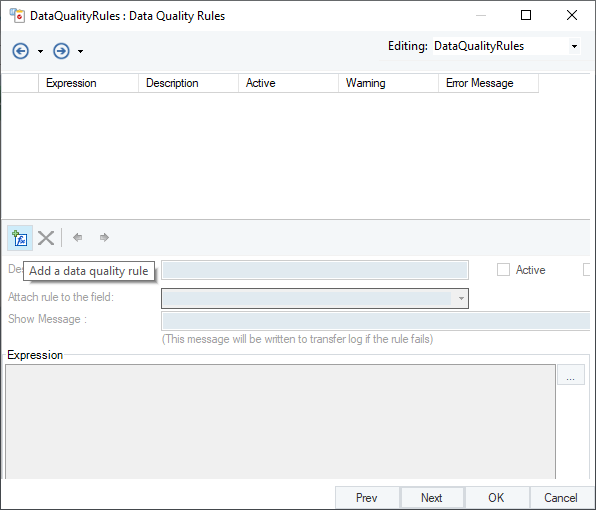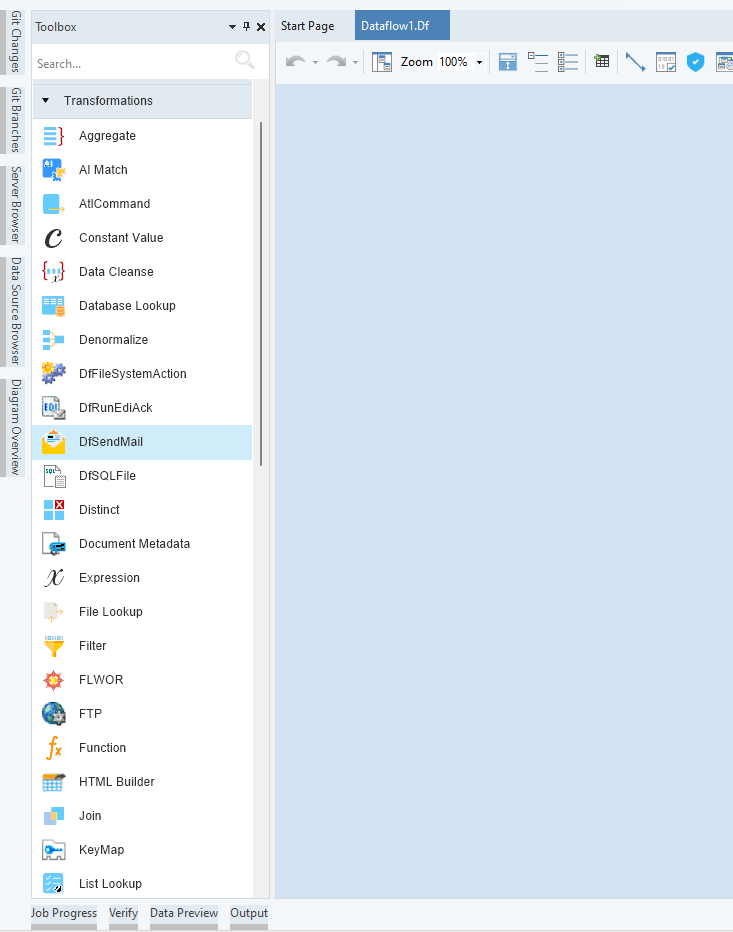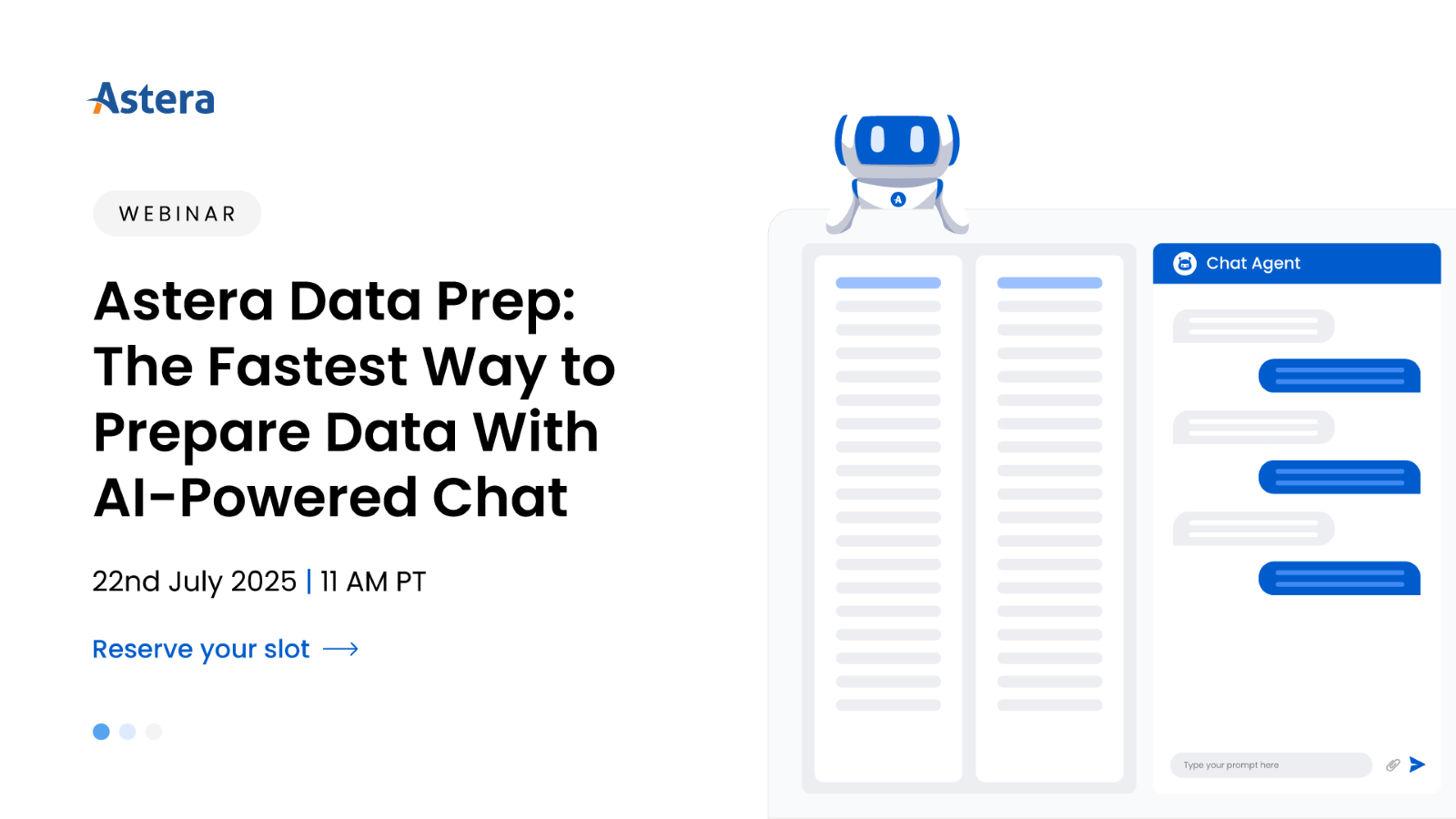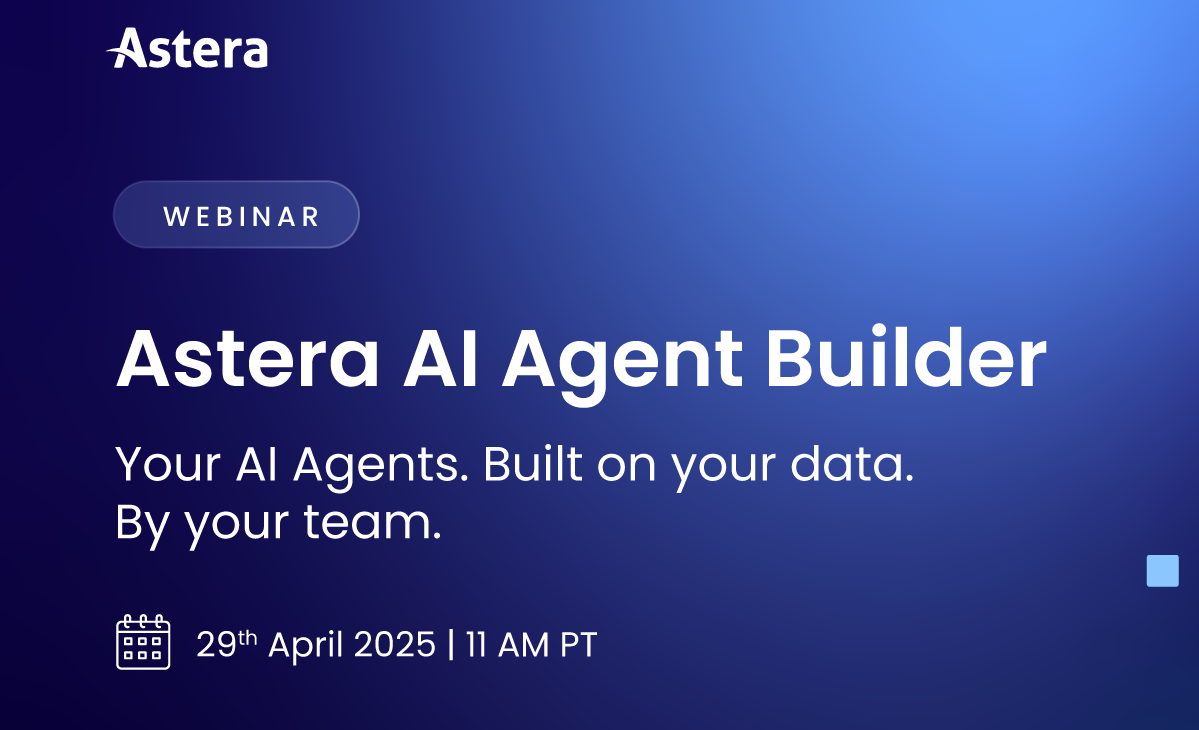
Customer 360: What It Is and How to Implement It?
Every customer interaction, from an online click to an in-store purchase is part of the web of customer data. This web is a rich source of insights into customer behavior, preferences, and needs. The key to untangling this is Customer 360, or gaining a comprehensive view of the customer journey.
According to Gartner, Inc., only 14% of organizations have successfully achieved a 360-degree view of their customers even though successfully implementing Customer 360 can empower businesses to deliver personalized experiences, foster customer loyalty, and drive growth.
What is Customer 360 and Why it Matters
Customer 360 is a strategic business approach that involves integrating and consolidating customer data from various departments and touchpoints within an organization to create a unified and comprehensive customer profile.
Consider each department within an organization as a piece of a puzzle. Marketing holds demographic and behavioral data, sales manages contact details and lead interactions, and customer support handles service requests. Individually, these pieces offer limited insights, much like separate puzzle pieces that don’t reveal the full picture.
A customer 360 approach, however, connects and integrates these various data sets, fitting them into place to create a single source of truth. By breaking down data silos, it helps businesses understand the entire customer journey, enabling personalized experiences, informed decision-making, and improved collaboration across departments.
Customer 360 Use Cases and Real-World Applications
Personalized Marketing
Customer 360 allows businesses to tailor their marketing efforts to individual customers, enhancing the effectiveness of marketing campaigns and improving customer engagement. For example, Spotify uses a 360-degree view of its customers listening habits, preferences, and search history to curate personalized playlists. This enhances user engagement and satisfaction.
Enhanced Customer Service
By providing a comprehensive view of a customer’s history with the company, Customer 360 enables customer service teams to offer personalized and effective service.
Predictive Analytics
Using a holistic view provides a wealth of data that can be analyzed to predict future customer behavior and trends. Netflix, for example, uses predictive analytics to recommend shows and movies based on a user’s viewing history and preferences. This strategy has proven to be highly effective, with 80% of Netflix watches sprouting from its recommendation engine.
Improved Sales Strategies
With insights from a 360 view of data, sales teams can identify potential upsell or cross-sell opportunities. Amazon, the global e-commerce giant, analyzes a customer’s purchase history and browsing behavior to suggest relevant products. One of their most successful features is the “Frequently bought together” recommendation. This data-driven approach allows Amazon to cross-sell and upsell products that a customer is likely to be interested in, leading to increased sales and customer satisfaction.
Customer Retention
This approach allows businesses to track a customer’s entire journey and experience with the company, revealing potential issues or areas of dissatisfaction. Sephora, the beauty retailer, tracks purchase history and product preferences to offer personalized product recommendations and rewards, increasing customer loyalty.
Campaign Optimization
Customer 360 enables businesses to optimize their marketing campaigns based on comprehensive customer insights. A great example of this is the “Share a Coke” campaign by Coca-Cola. The company leveraged a 360-degree view of customer data to discover that personalized bottles were a hit with consumers. Consequently, they expanded the range of names on bottles and emphasized personalization in their marketing, which led to a 2% rise in U.S. sales.
Customer 360 Tools and Technologies
These tools and technologies are designed to aggregate, integrate, and analyze customer data from multiple sources to create a comprehensive and unified view of each customer. These tools play a crucial role in enhancing customer experiences, improving customer engagement, and supporting data-driven decision-making. Here are some key technologies commonly used in building and implementing Customer 360 solutions:
Customer Relationship Management (CRM) Systems
CRM systems are software platforms designed to manage and analyze customer interactions throughout their lifecycle. These platforms serve as comprehensive hubs for customer data, consolidating information such as contact details, purchase history, and communication preferences.
CRM systems optimize customer relationships, streamline sales processes, and enhance overall customer service. By offering a unified perspective on customer interactions, CRMs empower organizations to make informed decisions that positively impact customer engagement and satisfaction. Examples of CRM systems include Salesforce, HubSpot, and Microsoft Dynamics 365.
Customer Data Platforms (CDPs)
CDPs, as specialized tools, concentrate on creating a consolidated and unified customer profile by integrating data from diverse sources. These platforms are specifically tailored to centralize customer data and provide a holistic view of interactions and behaviors.
CDPs excel in delivering personalized marketing campaigns and refining customer segmentation based on a thorough understanding of individual preferences. Unlike general-purpose CRM systems, CDPs are laser-focused on optimizing the use of customer data for targeted and effective marketing efforts. Examples of CDPs include Segment, Tealium, and Exponea.
Data Integration Platforms
Data integration platforms play a foundational role in unifying data from various sources, encompassing departments like sales, marketing, and customer support.
These platforms leverage ETL processes or middleware to harmonize and consolidate data, as well as eliminate data silos. By ensuring a seamless flow of information across the organization, data integration platforms contribute to a unified and coherent dataset. Examples of data integration platforms include Informatica, Talend, and Astera.
Implementing Customer 360
Implementing a customer 360 view is a multi-step process that enables businesses to gain a comprehensive understanding of their customers to enhance customer experiences and drive sustainable growth. Here’s a step-by-step guide to help you successfully implement Customer 360 in your organization:
- Identify Data Sources: Start by identifying all potential sources of customer data within your organization. This could include CRM systems, sales data, customer service interactions, social media engagement, website analytics, and email marketing responses.
- Collect Data: After identifying your data sources, gather the customer data. This should include demographic details, transaction history, communication records, online behavior, customer feedback, and any other relevant data that provides insight into the customer’s relationship with your business.
- Integrate Data: Next, integrate the collected data into a centralized system. This involves consolidating data from different sources and ensuring uniformity in its format. A unified view is pivotal for a comprehensive understanding of each customer.
- Implement Customer Identity Resolution: This critical step involves accurately linking each piece of customer data to the respective individual customer. Advanced algorithms are used to match these diverse data points, effectively consolidating the scattered data into a unified view of each customer’s journey.
- Analyze Data: With a complete and accurate picture of each customer, analyze this data using visualization tools like PowerBI and Tableau to find patterns and trends. This helps to understand customer behavior and preferences, turning raw data into meaningful insights.
The insights derived from the data analysis are then leveraged to inform and shape business strategies. This could involve personalizing marketing efforts, enhancing customer service, or tailoring products or services to meet the specific needs and preferences of the customers.
Creating a Comprehensive Customer 360 View with Astera
When unified and analyzed, the wealth of customer data forms a comprehensive Customer 360 view, offering invaluable insights into customer behavior, preferences, and needs. However, the key to unlocking these insights lies in effectively breaking down data silos and integrating this scattered data into a cohesive, actionable view.
Astera, a leading provider of data integration and management solutions, simplifies this process. With its robust capabilities and user-friendly interface, Astera streamlines the creation of a customer 360 view, turning complex data into clear insights.
Here’s how Astera facilitates the process:
1. Data Collection: Astera enables the seamless collection of data from a wide array of sources, including CRM systems, social media platforms, customer feedback, and transactional data. With its extensive range of connectors, including database, cloud, CRM, ERP, and file connectors, Astera ensures seamless data extraction.

Data Sources in Astera
2. Data Profiling: Astera allows businesses to profile their customer data to identify trends, patterns, and anomalies. This process aids in understanding customer behavior and predicting future trends.

Data Profiling in Astera
3. Data Quality Assurance: Astera prioritizes the accuracy and reliability of the data. It offers features for data cleansing, validation, and deduplication, ensuring the data used to build the Customer 360 view is accurate, consistent, and up-to-date.

Defining data validation rules in Astera
4. Data Transformation: Astera provides tools for mapping, transforming, and converting data types and formats. This includes transformations like aggregation, filtering, normalization, and pivoting/unpivoting, which help convert raw data into a format suitable for analysis and interpretation, facilitating the extraction of meaningful insights.

Sample Transformations in Astera
5. Data Integration: Astera employs various techniques, such as merging, joining, and reconciling, to seamlessly combine and consolidate data from diverse sources and build a unified and cohesive dataset.

Combining datasets using Join transformation in Astera
6. Data Loading: Astera’s robust data loading capabilities support high-volume data loading from various sources into a central repository such as a data warehouse like Amazon Redshift or a data lake like Azure Data Lake.

Some Sample Destinations in Astera
7. Analytics and Reporting: Finally, Astera offers analytics and reporting capabilities for immediate customer insights. For a more comprehensive analysis, data can be seamlessly integrated with leading BI tools such as PowerBI and Tableau. Alternatively, businesses can utilize Astera’s proprietary analytics add-on for a cohesive, user-friendly data analysis experience.
The Next Step
In navigating the complexities of a dynamic market, adopting a Customer 360 strategy becomes imperative for maintaining a competitive edge and achieving sustainable success. By following these steps with Astera, you can establish a robust Customer 360 view, allowing your organization to gain actionable insights, personalize customer interactions, and foster stronger relationships based on a holistic understanding of customer data.
Ready to transform your customer data into actionable insights? Get started with Astera’s 14-day free trial today.
Ready to Gain a Holistic Customer 360 View?
Discover Astera Data Pipeline Builder, with its advanced data integration capabilities that can transform your customer understanding.
Learn More!



